Wing Commander John Bell, last wartime British aircrew of the 617 ‘Dambuster’ Squadron – obituary
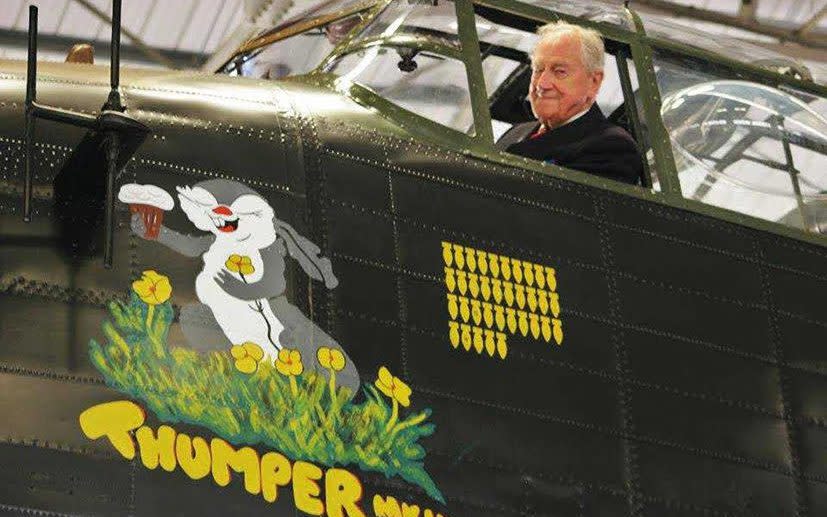
Wing Commander John Bell, who has died a week before his 101st birthday, was the last surviving British wartime member of the famous 617 “Dambuster” Squadron, in which he served as a bomb aimer on some of the squadron’s most important raids.
At the beginning of May 1944, the squadron was stood down for a month to practise for a special operation to be conducted on the eve of D-Day. Operation “Taxable” involved precise flying and navigation carefully calculated tracks over the Channel between Newhaven and Cap d’Antifer, while other crew members, including Bell, despatched bundles of “window” (strips of aluminium foil) at exactly timed intervals.
The purpose of the operation was to create the impression, to German coast-watching radar, of an invasion force of ships approaching the coast near Calais; meanwhile, the real invasion force, employing countermeasures to mask its presence, was approaching the landing beaches of Normandy. The operation was a success.
Two nights later, the squadron was tasked to make a precision attack against a railway tunnel at Saumur, an important rail junction south-west of Paris. The operation would also be the baptism of fire for the squadron’s latest weapon, Barnes Wallis’s 12,000 lb “Tallboy” deep penetration bomb.
One bomb was a direct hit on the hillside directly above the tunnel entrance, bringing down tons of earth and rock into it, others severed the rail tracks and blocked the cutting leading to the entrance. By doing so, they severely restricted the movement of reinforcements to the Normandy battlefront.
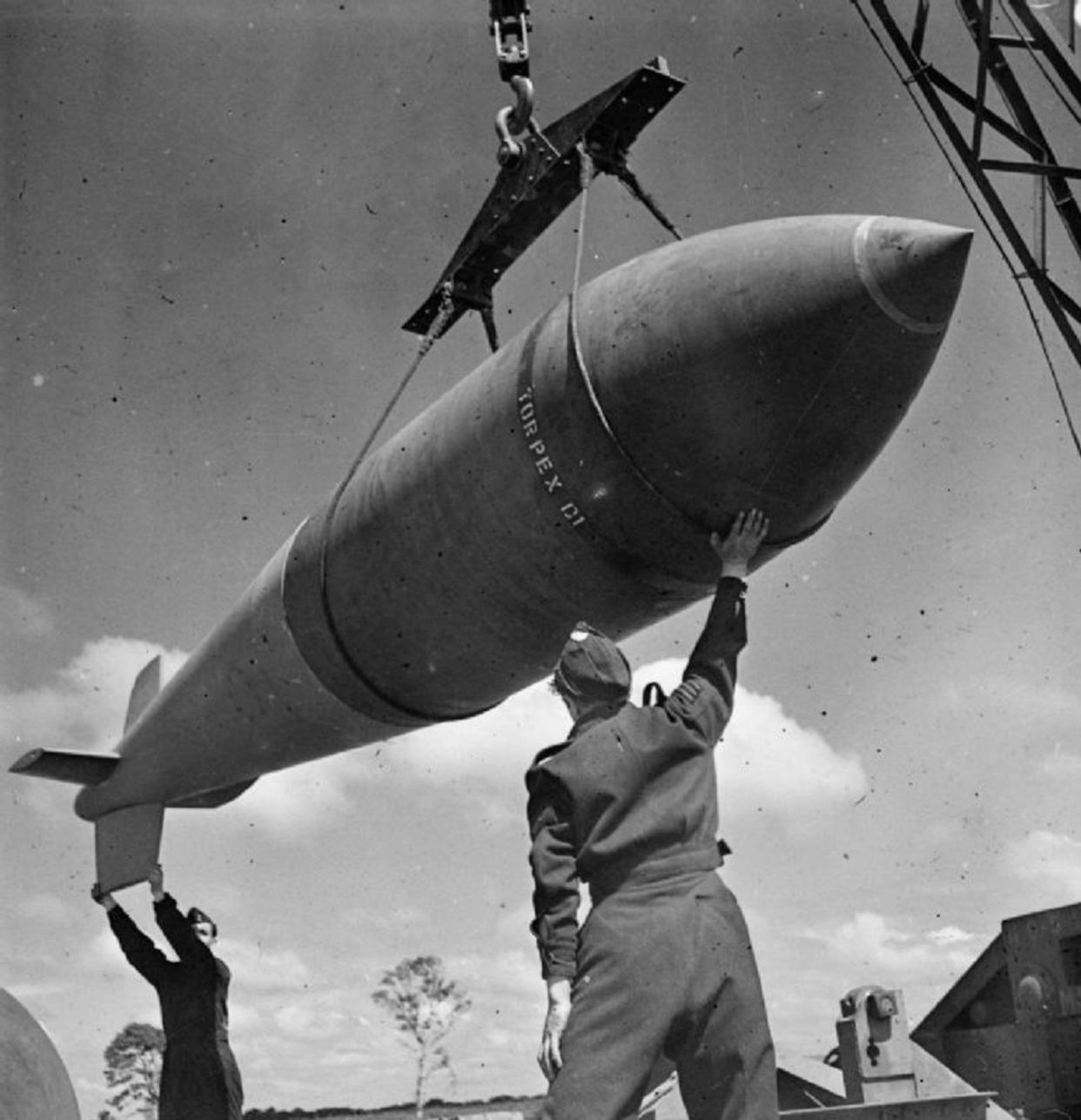
Damage caused by “Tallboy” resulted from the shock-waves transmitted through the earth. This was achieved to great effect by a bomb released by Bell on July 17, against the V-2 launch site nearing completion at Wizernes in the Pas de Calais. The target was a large concrete dome on the top of a quarry face, protecting underground workings. Bell’s Tallboy struck the edge of the dome, causing part of the quarry to fall away, undermining the structure.
By August 1944 Bell had completed 50 operations, and he was rested having been awarded the DFC.
John Richard Bell was born on March 25 1923 in London before the family moved to Essex, where he was educated at Epsom County Grammar School (later known as Glyn Grammar, now a comprehensive) in Ewell. Initially too young for wartime service, John worked for a firm of chartered accountants in the City of London, spending his evenings and weekends serving with the Home Guard. Shortly after reaching the age of 18, he joined the RAF.
At 6 ft 4 in, Bell was considered too tall to be a pilot, so he was offered training as an observer. He trained in South Africa before returning to England, where he became a bomb aimer destined for Bomber Command.
He joined the crew of Bob Knights and they were to fly together for the next 18 months. In June 1943 they joined 619 Squadron to fly their Lancaster which they named Thumper III.
On July 24 they were detailed to attack Hamburg. The next night saw them out again, against Essen, and then on July 27 it was back to Hamburg to continue Bomber Command’s major onslaught against this German port. On this occasion, however, the port inner engine burst into flames on the outward journey.
Bob Knights extinguished the fire, but the aircraft would not maintain height. Undeterred, they pressed on to the target, bombing from 10,000 feet, with the main force flying at twice that height above them. Two nights later, they were back over Hamburg again such was the pace of operations.
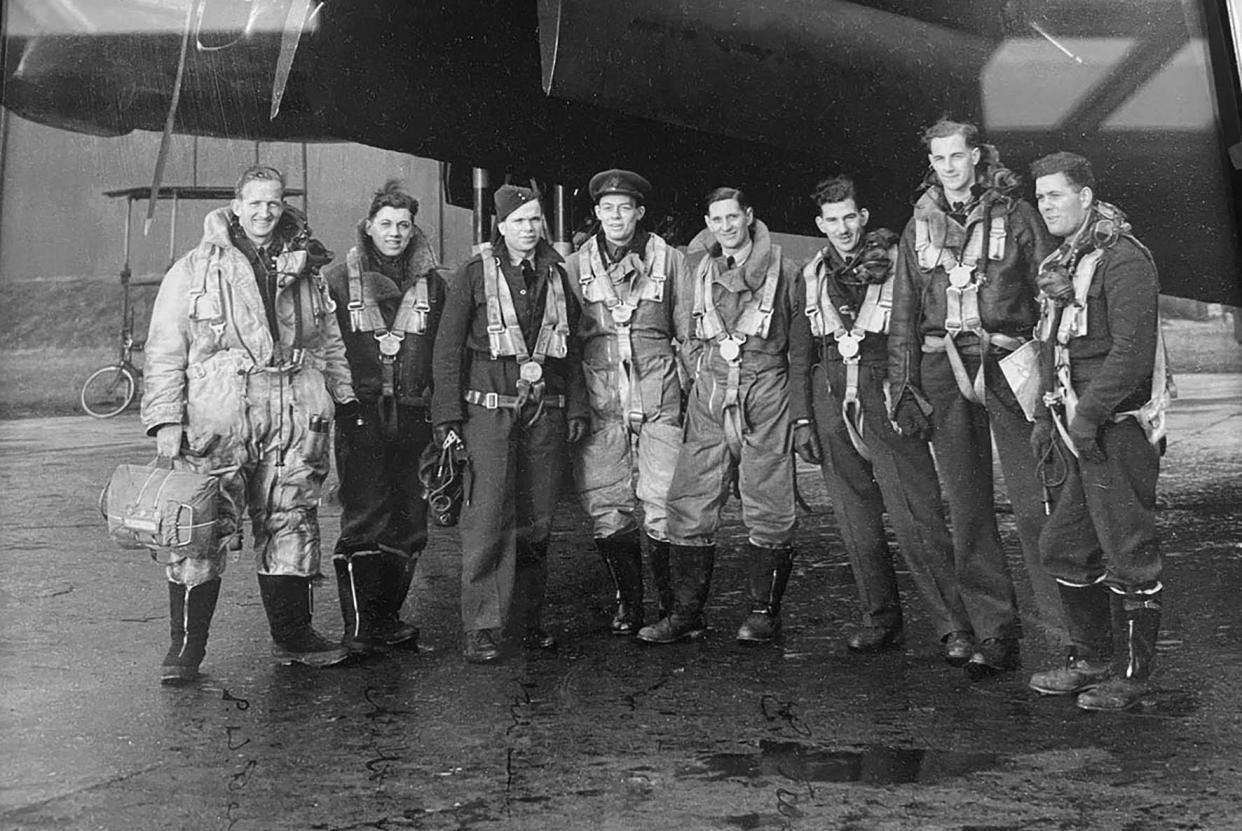
Between August 1943 and January 1944, the period of the Battle of Berlin, the crew flew to the “Big City” no fewer than eight times.
During a trip to Leipzig on October 20, their two inboard engines cut out because of icing-up.
“We were plunging down towards the earth with a full bomb load,” Bell recalled. “We had to release the bombs to release the weight on the aircraft and the flight engineer managed to get the engines working at a height of 10,000 ft, so we were down pretty low.” With no bomb load, and the rear turret unserviceable, they had no option but to turn for home.
Bell’s other targets during this period included Munich, Kassel, Hanover, and a trip to Frankfurt when they also carried the official Army war correspondent, Anthony Cotterell.
By January 1944, Knights had completed his tour, although the others needed to fly on more trips to finish. Rather than remain with No 619 Squadron and fly with a different captain, the crew decided that it was better to stay with Knights, and he had volunteered to join No 617 Squadron.
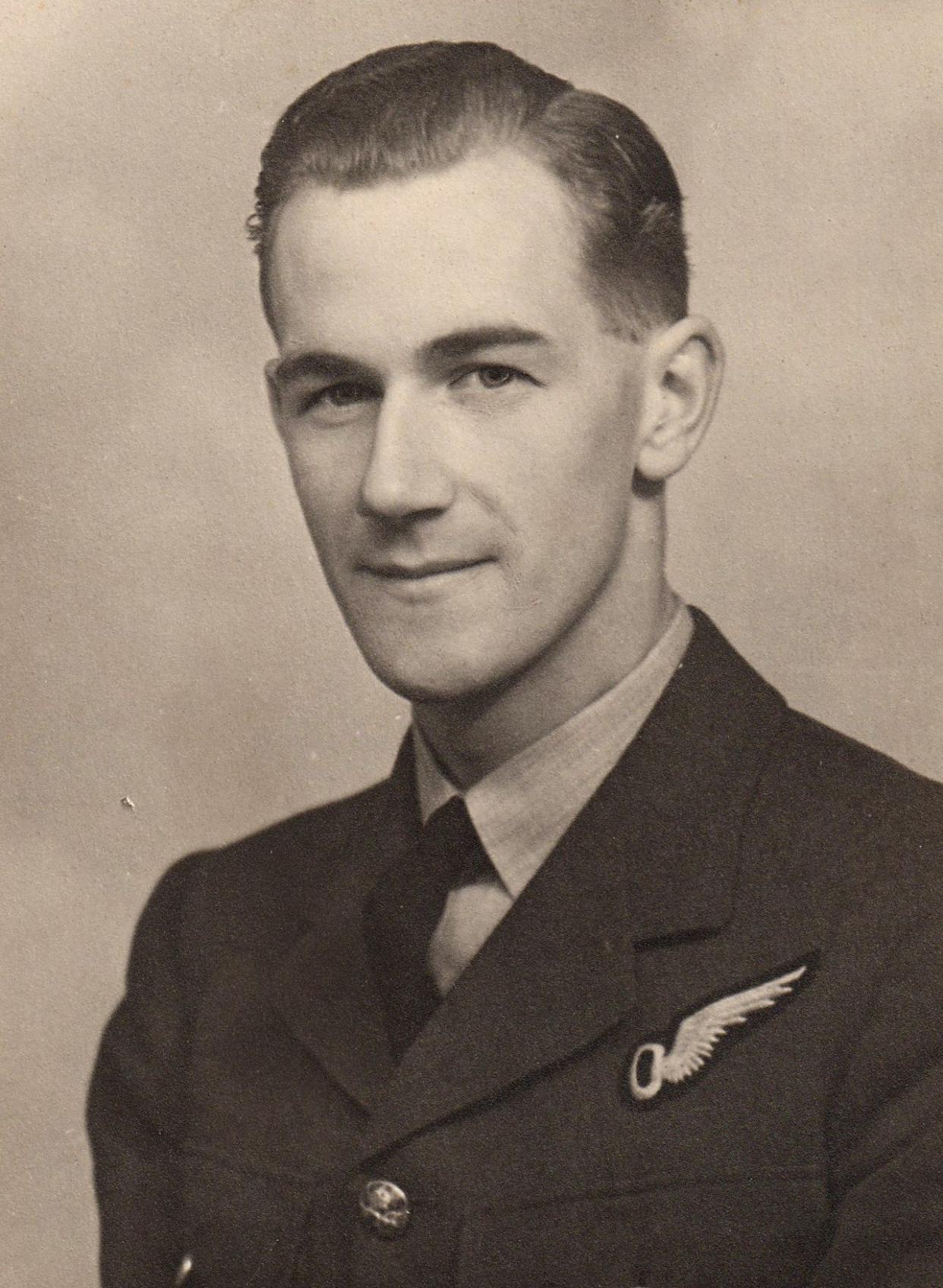
After an interview with the leader of the squadron, Leonard Cheshire, they were accepted, arriving on the squadron at the end of January 1944, as it was about to embark on precision attacks against factory targets in occupied France and Belgium.
These attacks required extreme accuracy to prevent unacceptable casualties to civilians. To achieve this, Cheshire and his senior pilots pioneered a low-level marking technique to provide Bell and his fellow bomb aimers with a small and precise aiming point.
After a week of practice, the crew were ready for their first operation with 617, an attack on the Gnome-Rhône aero engine factory at Limoges on February 8/9: it was a spectacular success. Further factory targets followed, before the squadron led attacks on rail and communications complexes in the lead up to D-Day.
On August 24, Bell said farewell to the crew he had known for nearly 18 months and was posted as an instructor to a bomber training unit. It was a different world to that of operations and heralded the start of a period of readjustment.
At the end of the war, his pre-war experience in accounting caught up with him and he was sent on an accounting officers’ course. In 1947 he was granted a short service commission and transferred to the Secretarial Branch. Posted to Fighter Command at Tangmere he was sent to Gatow, Berlin, to help with the humanitarian airlift.
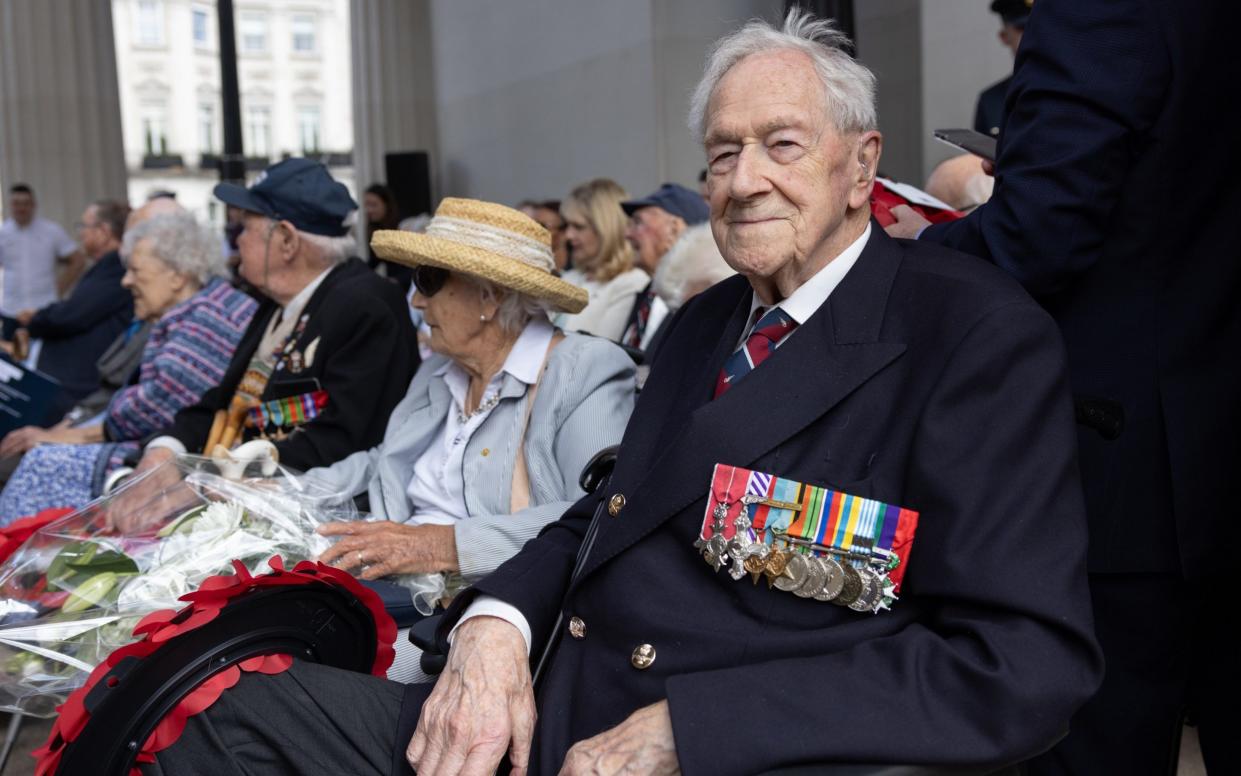
On his return to Britain in 1951, Bell went to Shepherd’s Grove in Suffolk to reactivate a former airfield for use by the US Air Force. While there, he learned of openings to train as a photographic interpreter or PI, and, after completion of a PI course, he entered the world of intelligence.
For the next 25 years he served in the UK and overseas in both Singapore and Washington. During the Korean War he spent a period working with the USAF at Kimpo Air Base, Seoul.
Appointed MBE in the 1970 New Year Honours List, Bell finally retired from the RAF in March 1977. In 2016 he was appointed to the Legion d’honneur from the French Consul.
In retirement, Bell was a stalwart campaigner for the RAF Benevolent Fund, among other committed charitable work. A member of the committee of the 617 Squadron Association, and latterly its president, he played a significant role in championing the commemoration of wartime Bomber Command, raising funds for the Bomber Command Memorial in Green Park and working to ensure that the story is passed on to future generations.
“It’s important that the men of Bomber Command are remembered for their role in D-Day,” he said in an interview with the RAF Benevolent Fund.
Modest, friendly and patriotic, outside his air force-related activities Bell enjoyed caravanning, golf and gliding.
John Bell married Florence in 1944 and she died in 1988. Later he married Margaret, who died in 2004. He is survived by a daughter from his first marriage.
John Bell, born March 25 1923, died March 18 2024


